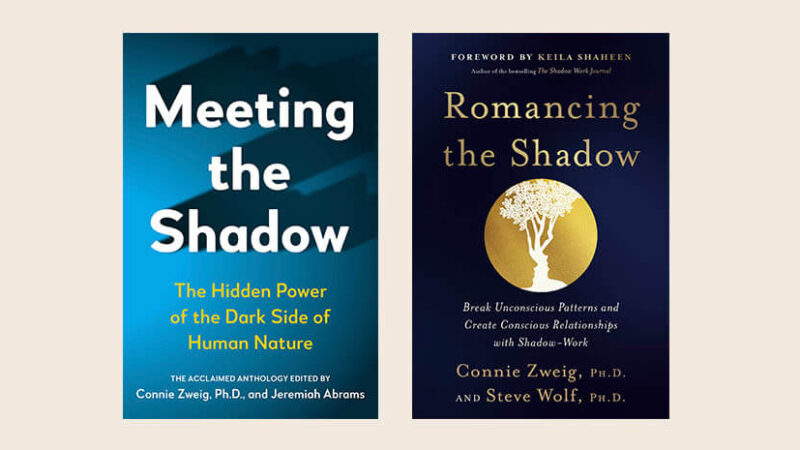Shinzen Young: The Science of Enlightenment, Part 2
Shinzen Young is a renowned mindfulness teacher known for his live gatherings, where he uses a scientific, “algorithmic” approach to explain the many aspects of meditation. With Sounds True, he has published the decades-in-the-making book The Science of Enlightenment: How Meditation Works. In the second half of an extensive interview on Insights at the Edge, Tami Simon and Shinzen talk about how to bring equanimity to both pleasurable and painful sensory experiences and how that has a purifying effect on consciousness. In order to ground this experience, Shinzen leads Tami and the audience on a guided practice to help give a “taste of purification.” Finally, Shinzen shares a quick, powerful technique for starting on the path to enlightenment and something intensely personal—his happiest thought. (75 minutes)








